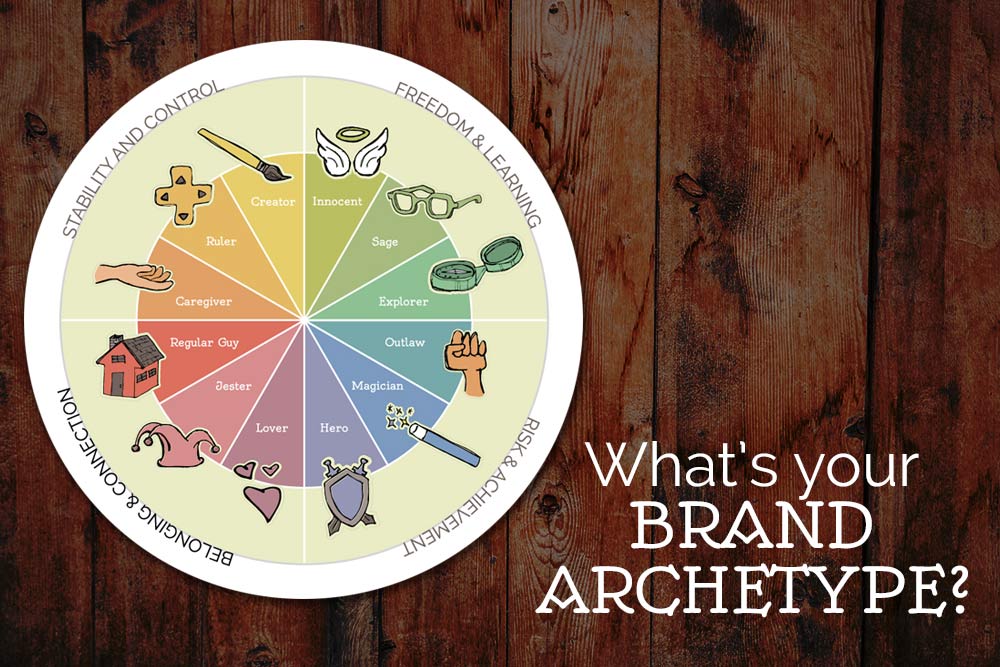Branding is more than just a logo or a tagline. It is the sum total of all the experiences a customer has with a company or a product. Sensory branding is a marketing strategy that uses sensory elements like sound, smell, touch, taste, and sight to create a brand experience that triggers an emotional response in the customer. Sensory branding is all about creating a connection with the customer at an emotional level.
The Science of Sensory Branding

Sensory branding is based on the science of how the brain processes sensory information. The human brain is wired to respond to sensory stimuli before it processes any other type of information. This is why sensory branding is so effective in creating emotional connections with customers.
For example, the sound of a Harley Davidson motorcycle is instantly recognizable and creates an emotional connection with its target audience. The smell of freshly baked cookies at a bakery creates a warm and welcoming feeling that makes customers want to come back again and again. The touch and feel of a luxury car’s leather seats create a sense of comfort and exclusivity.
The Role of Sensory Branding in Building Emotional Connections
 Sensory branding plays a critical role in building emotional connections with customers. A brand that creates a positive sensory experience leaves a lasting impression on the customer, making them more likely to remember the brand and develop an emotional connection with it.
Sensory branding plays a critical role in building emotional connections with customers. A brand that creates a positive sensory experience leaves a lasting impression on the customer, making them more likely to remember the brand and develop an emotional connection with it.
For example, Starbucks uses sensory branding to create a unique and memorable experience for its customers. The sound of the espresso machine, the smell of freshly brewed coffee, and the feel of the warm cup in your hand all contribute to the overall experience and make customers feel connected to the brand.
Another example is Apple’s sensory branding. The sleek design of its products, the sound of its startup chime, and the feel of its smooth surfaces all contribute to the emotional connection customers have with the brand.
Sensory branding is a powerful marketing tool that can create emotional connections with customers. By leveraging sensory elements like sound, smell, touch, taste, and sight, companies can create a unique and memorable brand experience that sets them apart from their competitors. The key is to understand the science behind sensory branding and use it to create a positive emotional connection with customers.




